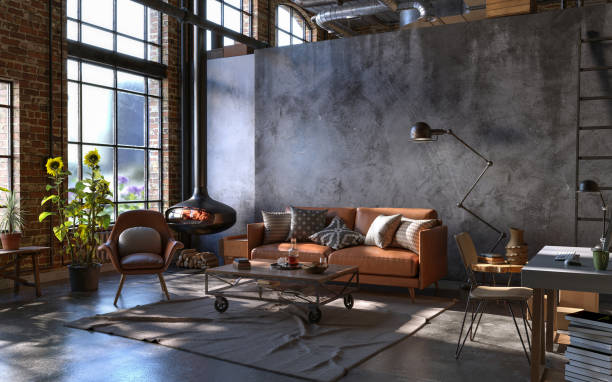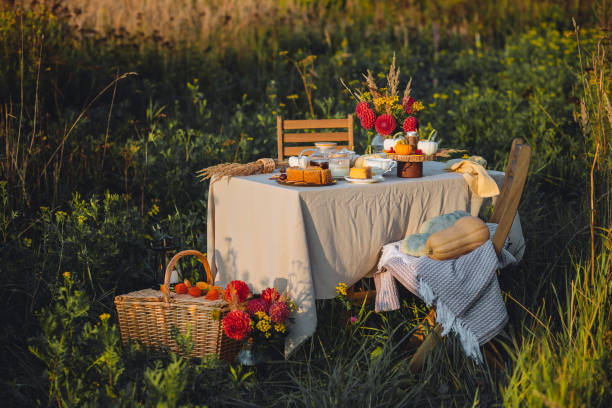The Intricacies of Industrial Chic: A Fresh Take on a Classic Trend
The Industrial Chic design trend is far from a newcomer to the interior design scene. In fact, its origins can be traced back to the 1970s when artists started to convert abandoned warehouses into living spaces. This inventive approach to home design, which celebrates raw, unrefined elements, has since evolved, proving its staying power in the ever-changing world of home décor.

The Industrial Chic movement is characterized by exposed brick, metal accents, weathered wood, and the clever repurposing of objects that were initially intended for industrial use. But as we surge forward in the 21st century, this style has taken on a new life, blending with other trends for a fresh and modern take.
The Roots of Industrial Chic
The Industrial Chic style was born out of necessity. Artists and creative types in cities like New York and London were in need of affordable living spaces. They turned to abandoned factories and warehouses, transforming them into unique, livable spaces that reflected their artistic spirits. This trend quickly caught on, and soon, the aesthetic was being replicated in homes and commercial spaces worldwide.
The Modern Spin on Industrial Chic
Today, Industrial Chic is not restricted to city lofts or repurposed factories. This design trend has made its way into rural homes, suburban residences and even commercial spaces like restaurants and offices. The modern interpretation of Industrial Chic often involves blending industrial elements with other design styles for a more personalized and softer look.
Incorporating elements like plush furniture, vibrant colors, or art pieces can bring warmth and personality to the traditionally stark Industrial Chic style. Mixing these contrasting styles creates a unique aesthetic that is both modern and nostalgic.
Practicality and Appeal of Industrial Chic
Industrial Chic is not just about the aesthetics; it’s also a highly practical design style. The use of hard-wearing, durable materials like metal and wood means that Industrial Chic spaces are built to last. Furthermore, the style’s focus on repurposing objects gives it an eco-friendly edge.
In the current market, the Industrial Chic style continues to be popular, particularly among younger homeowners who appreciate the combination of form and function that this design trend offers.
Balancing Industrial Elements with Comfort
While the raw and rustic elements of Industrial Chic can bring character and intrigue to a space, they can also feel cold and impersonal if not balanced correctly. Incorporating softer elements like rugs, cushions, and plants can help to create a more welcoming and comfortable atmosphere.
Making Industrial Chic Your Own
While there are certain elements that define the Industrial Chic style, there is plenty of room for personalization. The beauty of this design trend is its flexibility and the opportunity it provides to express individual style and creativity. Whether it’s a vintage lamp salvaged from a flea market, an antique metal sign, or a modern art piece, personal touches can make an Industrial Chic space feel like home.
In conclusion, the Industrial Chic design trend is a timeless style that continues to evolve. Its unique blend of history, practicality, and modern sensibilities makes it a popular choice among design enthusiasts. The key to mastering Industrial Chic is to balance the raw, industrial elements with softer, homely touches, creating a space that is both stylish and welcoming.





